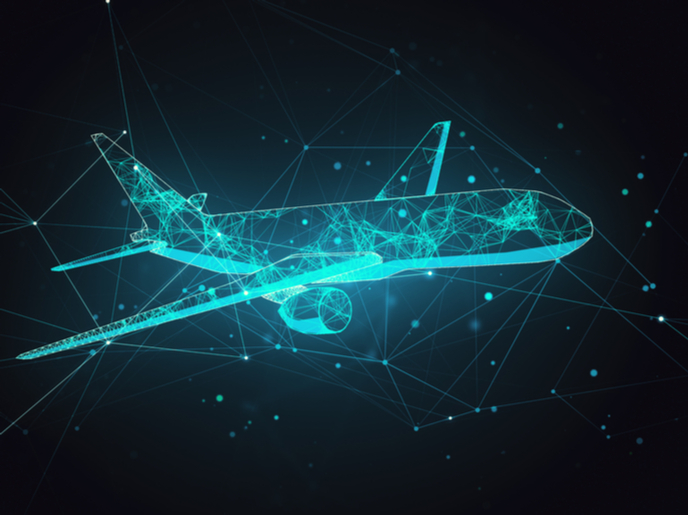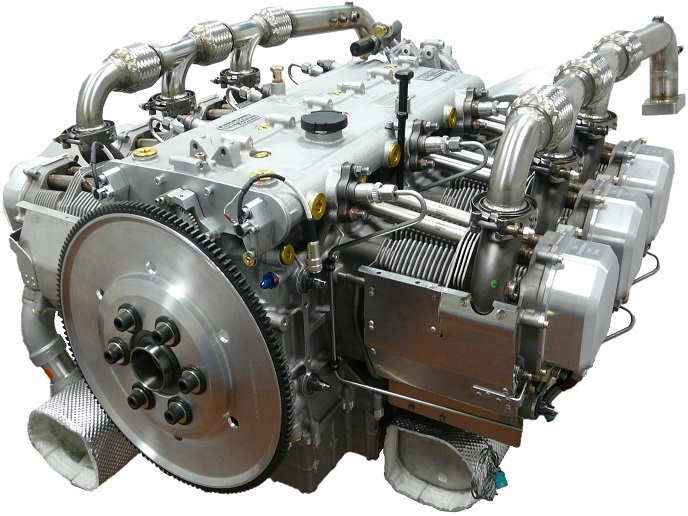Keeping Europe’s aviation industry on the path towards competitiveness and sustainability
Aviation plays a big role in Europe, both in terms of society and economically. The continent is home to over 448 airlines and 701 commercial airports, which serve well over 600 million passengers a year. Not only does the industry generate EUR 600 billion in annual revenue, it also supports 8.7 million jobs. “The European aviation industry’s vital contribution to Europe’s economic growth and cohesion is well recognised,” says Luís Braga Campos, a researcher at Técnico Lisboa. “The challenge, however, is to ensure that the industry is able to meet society’s increasing demand for air travel while remaining competitive and sustainable.” In 2001, the EU established the Advisory Council for Aeronautics Research in Europe (ACARE). This public-private partnership aims to maintain Europe’s leadership role in global aviation by improving the industry’s competitiveness and sustainability. To achieve this vision, in 2011, ACARE published Flightpath 2050, a collection of 23 ambitious goals for improving air travel by 2050. These include, for example, reducing CO2 emissions by 75 %, positioning Europe as a centre of excellence in sustainable alternative jet fuels, and ensuring that European air transport has less than one accident per 10 million commercial flights. At the heart of these goals is a commitment to research and innovation, which is where the EU-funded PARE (Perspectives for the Aeronautical Research in Europe) project comes in. “The main objective of the project was to assess the progress towards achieving these goals, identifying any gaps, and suggesting measures to close them,” explains Campos, who serves as the project coordinator.
The current state of aviation in Europe
The PARE project developed 35 objectives and 58 recommendations for supporting the Flightpath 2050 goals, with the recommendations being classified into a hierarchy of four levels of priority. “One of the listed priorities is to strengthen the global competitiveness of the European aeronautical industry, not only for long-haul transport, but also in sectors where it currently leads, such as helicopters, and where it lags behind, such as drones,” remarks Campos. “Another priority focuses on strengthening institutional cooperation in aeronautical clusters covering all stages of development, from basic research to product innovation, market penetration and operational utilisation.” These objectives and recommendations are discussed in detail in the project’s three annual reports. According to Campos, these are extensive documents that thoroughly examine the evolution of aviation in Europe over the past 20 years. “The reports provide an in-depth overview of the current state of aviation, along with a forecast for what lies ahead,” he adds. “These reports serve as the baseline document supporting all PARE activities.”
Reacting to the unexpected
During the course of the project, three unexpected events occurred: the grounding of the Boeing 737 MAX, the COVID-19 pandemic and the launch of the European Green Deal. “As each of these impacted the aviation sector, we had to take them into account,” notes Campos. In reaction to these crises, the project was extended for 3 months. During this time, researchers added six new chapters to the latest report and organised three webinars that covered sustainable aviation fuels, decarbonisation and the effects of COVID-19 on aviation. Once the project is complete, researchers plan to publish a comprehensive article in the International Journal of Sustainable Aviation and a book on efficient and environmentally friendly aviation. “The methodology developed by this project can also be applied to other sectors, such as space and road, rail and maritime transport,” concludes Campos. “It could also prove useful to emerging technologies used by aviation, such as sustainable fuels, composite materials and additive manufacturing.”
Keywords
PARE, aviation, sustainability, Flightpath 2050, ACARE, alternative jet fuels, air transport







